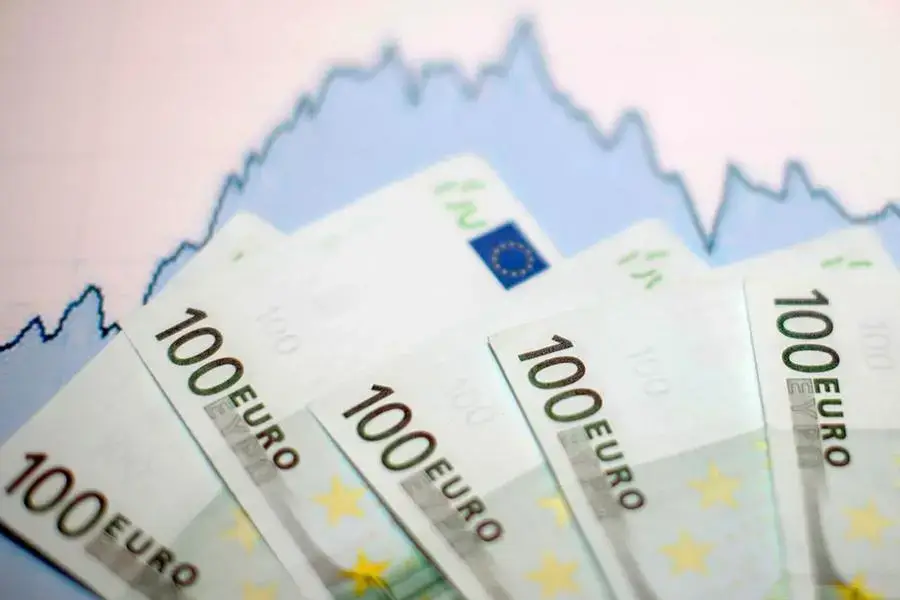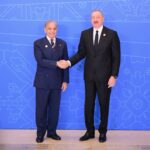The European Central Bank (ECB) is likely to welcome a weaker euro as the currency bloc grapples with subdued growth prospects and heightened trade risks for 2025, according to Mike Dolan, a columnist for Reuters. While the central bank won’t openly advocate for currency depreciation, its monetary policy approach suggests tacit support for a weaker euro to bolster competitiveness.
Rate Cuts on the Horizon
The ECB is widely expected to implement another 25-basis-point interest rate cut during its final policy meeting of 2024 on December 14. This would mark the fourth such cut this year as the central bank works to achieve its inflation targets and shift to a “neutral” policy rate, estimated at around 2%.
Economists anticipate gradual rate reductions, with policymakers favoring 25-basis-point cuts at each meeting through mid-2025. This path would bring the deposit rate from its current 3.25% down to neutral, aligning with ECB President Christine Lagarde’s statements earlier this week at the European Parliament.
However, some within the ECB argue for swifter action, pointing to economic stagnation in Germany and broader risks to the eurozone’s trade-dependent economies.
The Euro’s Trade and Policy Challenges
The euro’s exchange rate has fallen about 5% against the U.S. dollar over the past two months, yet its trade-weighted index remains elevated. The ECB is keen to avoid a rebound in the euro, particularly as external risks mount, including potential 10%-20% U.S. tariffs under President-elect Donald Trump, ongoing trade tensions with China, and weak export performance in Germany.
For the ECB, a weaker currency could improve eurozone competitiveness and partially offset the adverse effects of a global trade slowdown. “Currency depreciation would be a blessing,” Dolan notes, especially given that the ECB’s nominal euro exchange rate index remains just 1% below all-time highs.
Inflation and Growth Outlook
Although eurozone consumer price inflation remains close to target, producer prices are deflating at over 3%, giving the ECB ample room for further easing. Chief Economist Philip Lane has emphasized that the growth risks from trade wars far outweigh temporary inflationary pressures stemming from tariff hikes.
Moreover, persistent wage growth, while challenging for the ECB, underscores the need for a competitive currency to sustain exports amid global uncertainty.
The Dollar Parity Debate
A potential slide of the euro through dollar parity—levels not seen since the aftermath of Russia’s invasion of Ukraine in 2022—raises questions about its psychological impact on regional confidence. However, Dolan argues that the eurozone’s current problem is not currency weakness but rather its relative strength.
With producer price deflation and weak economic indicators in major economies like Germany, a weaker euro could provide much-needed relief and stimulate activity across the bloc.





